NXInnovation 100 Enviro
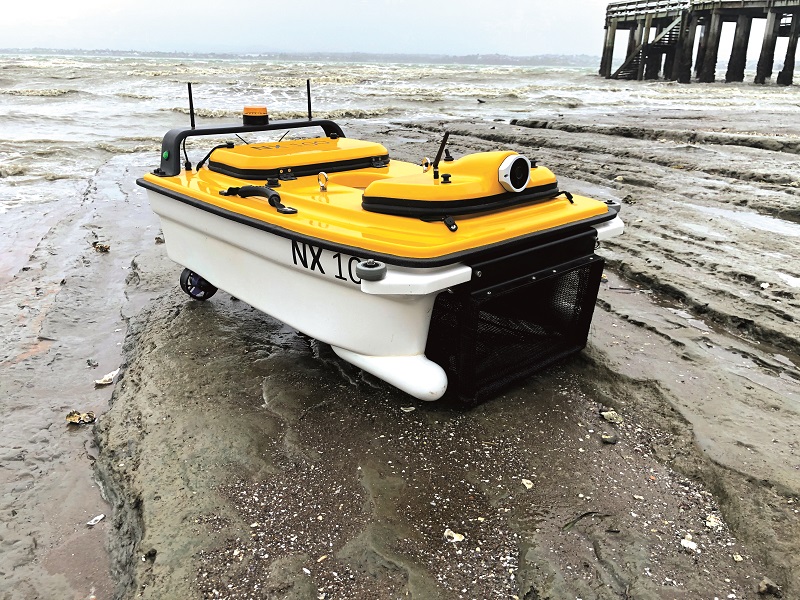
Clean sweep
The company behind this autonomous system for cleaning up aquatic litter and chemical spills tell Rory Jackson what went into its design
While people around the world now acknowledge the importance of environmental sustainability and helping the planet, it remains a sad and common sight for those living in city waterfronts to see litter strewn in urban waters. The conventional approach to clearing litter from waterways is to use a handheld net while standing on either the waterside if the rubbish is close by, or on a boat if it is out of reach.
Such boats are typically diesel-powered though, so are not ideal for the environment either. Using them is also labour-intensive and energy-inefficient, given that the boat must physically navigate through litter while carrying at least one sanitation worker.
This problem is understood by Andrew Lee, co-founder of NXInnovation, a New Zealand-based designer and manufacturer of USVs dedicated to making autonomous solutions for environmental restoration projects.
“Auckland is New Zealand’s largest city, and it’s built around a giant harbour, so we have estuaries everywhere; together, the estuaries function as a storm water drain for the city,” he explains. “Everything flows into those estuaries, and a lot of them aren’t accessible by foot or normal boat, or their accessibility changes between high and low tides.
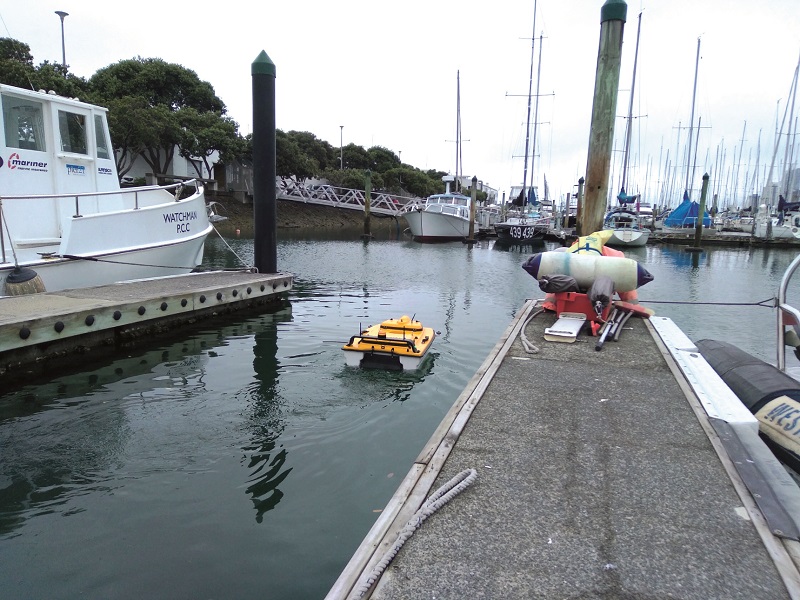
“The estuaries are therefore where most of Auckland’s stray plastic waste accumulates. The city authorities – along with my colleagues and I, who spend a lot of time in New Zealand’s marinas – wanted a tool that could be carried easily by one person, deployed with similar ease from shores or crewed boats, and be entrusted to autonomously navigate the waterways intelligently as they narrow or widen between tidal shifts.”
Naturally, it would also need to be capable of carrying and using some manner of net for catching and hauling litter through the waterways it navigates. Lee adds that small spills of oil, petrol and industrial discharge also tend to accumulate in the estuaries in Auckland (and essentially any other city waterfront in the world), so an oil clean-up boom or similar would be needed as well.
“There will also be emergency situations where there might be a large spill of hydrocarbons or industrial run-off in a river, so we wanted to make the solution small and rugged enough to be carried in the back of a truck or hatchback, driven at high speed, dropped in the water and still operate smoothly,” Lee notes.
The result of these requirements, and considerable work by NXInnovation, is the NX 100 Enviro USV, a catamaran capable of operating autonomously or in remotely piloted mode, and now proven in numerous aquatic clean-up missions.
“For instance, we’ve successfully performed quite a few clean-ups of the Henderson Creek, one of the estuaries running into Auckland’s harbour, which is notorious for being an inroad for quite a lot of the pollution that afflicts the city,” Lee says. “It goes through an industrial area, as well as quite a few residential areas where storm water run-off comes from.
“Also, we’ve sold a unit to Westhaven Marina, the largest marina in New Zealand. They’ve had it successfully running regular clean-ups for just over a year now, generally close to the piers but also in areas of water that are harder to access physically.”
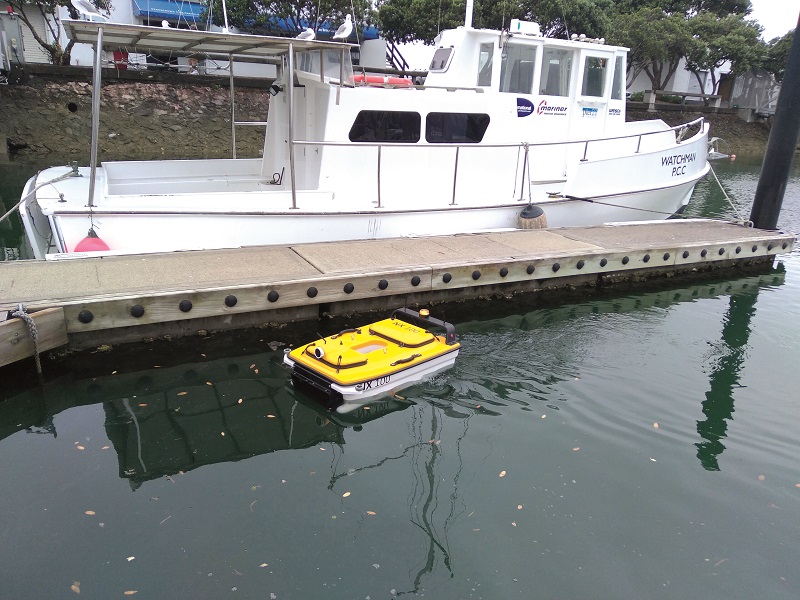
Development history
The first ideas for the Enviro came in 2012. Lee himself comes from a boatbuilding background and has around 30 years of experience in that regard, through which he became familiar with the use of miniaturised components along the lines of those used in USVs.
“I tend to envision new boats fairly quickly, and since this solution needed to be small I finished the first prototype in around a month,” he says. “It was a little fibreglass boat, for which I’d built the construction moulds and all the other tooling.
“It was fairly conventional, with electric motors and COTS propellers and rudders, and worked just fine while using a decent net of around 150 litre capacity. We sent it up the Henderson Creek, and saw that other than having a very wide turning radius, it collected rubbish really well.”
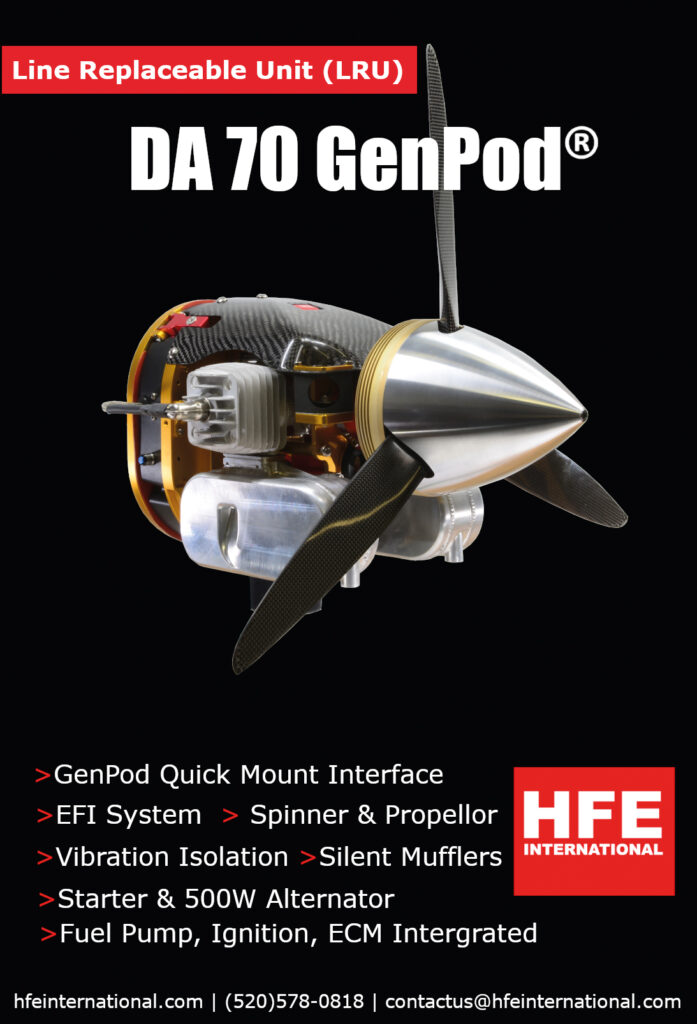
Being surprised at the ease and simplicity with which they’d achieved their solution, Lee and his colleagues researched alternative approaches but found nothing.
He notes that Ranmarine (first featured in UST 11, December 2016/January 2017) later began making public announcements after starting development of its own litter-collecting Waste Shark USV in 2012 – an example of two eco-friendly solutions with similar aims being developed on opposite sides of the planet at the same time.
“Theirs and ours were the only solutions being developed for uncrewed aquatic sanitation for many years, but our development struggled for a while because New Zealand’s geographical isolation makes it hard for anyone here to draw attention for funding tech start-ups, despite having no shortage of innovators here,” Lee recounts.
“Eventually though we got a grant through the Gulf Innovation Fund Together programme from Foundation North, which in 2016 had resolved to push for technology and volunteers to clean up the Hauraki Gulf, which is the greater body of water that Auckland’s harbour connects with and is a major wildlife habitat in which plastic pollution as well as overfishing are severe concerns. That funded the development of our second prototype a few years later.”
NXInnovation chose to go bigger the second time around: the first prototype was around 1.4 m long, the second was 1.8 m. It was also fitted with 200 W of solar cells, as an experiment to see how range and power capacity could be improved using PV technology.
“The second version was a great device, but we soon discovered it was too unwieldy to meet the simplicity standards we and our prospective customers wanted,” Paula Buckley, co-founder, researcher and product development manager at NXInnovation, says. “It took two people to carry it, and launching was cumbersome without a ramp.
“We therefore agreed that bigger was not the right way to go, so we made the final vessel 1 m long so that one person could carry it, and it could more easily steer between any two moored boats for nimbler cleaning.”
Although the Covid lockdown put the pursuit of customers and investors on hold, it enabled NXInnovation to focus closely on internal r&d, which led to the final prototype and allowed it to be unveiled publicly in 2020 as the NX 100 Enviro.
Systems and materials
Lee and his team aim to present the Enviro’s niche as autonomy at a low price point. He voices admiration for the Waste Shark as a high-end (but therefore higher priced) solution, and points conversely to the Australian-built Seabin – effectively a ‘smart bin’ in the water running on a 240 V input and sitting in a fixed position over its lifespan – as being an example of what could be the simplest practical solution imaginable.
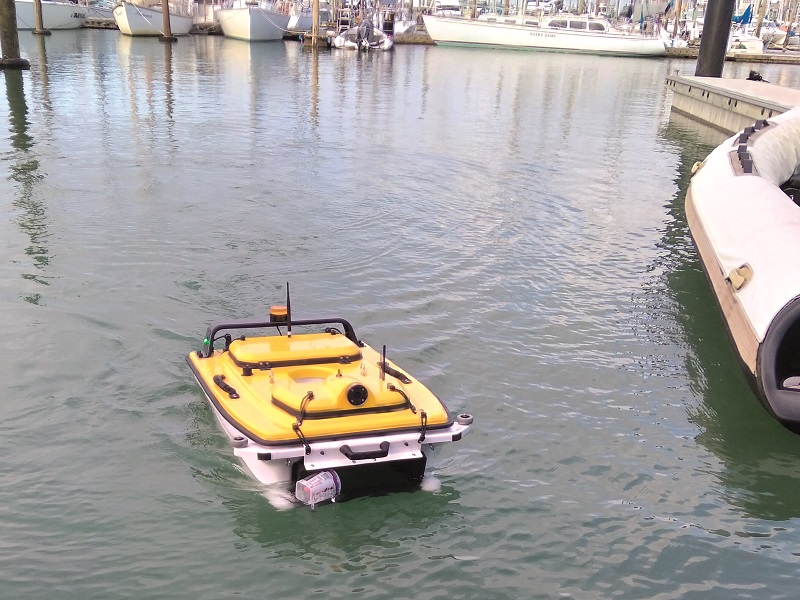
“To clean up a complex area though, you need a solution that can go anywhere in the water, so autonomy and thrust were two key focal points in our engineering,” Buckley explains.
The Enviro uses the well-proven T200 electric thrusters from Blue Robotics, two of which are mounted under the pontoon structures to enable the USV’s forward and reverse thrust, as well as differential steering.
Control, guidance and some key AI functions are achieved through a Cube Orange autopilot built into the Enviro’s 1 m-long, 0.77 m-wide, 0.46 m-tall body, about which are the standard ancillaries used in Cubepilot’s ecosystem, including Here3 GNSS and Herelink comms.
The body itself is built from fibreglass composite (as per Lee’s boatbuilding experience). “It’s all done in-house,” he says. “With my years of building boats, I know how to do hand laminations, and how to build moulds for boats up to 70 ft long.”
Overall, the system weighs 16 kg in air, has 10 kg of payload capacity, and 20,000 mAh of lithium-ion battery energy on board. That enables up to 3 hours of endurance between charges or pack swaps, as well as a maximum speed of 3 m/s (10.8 kph).
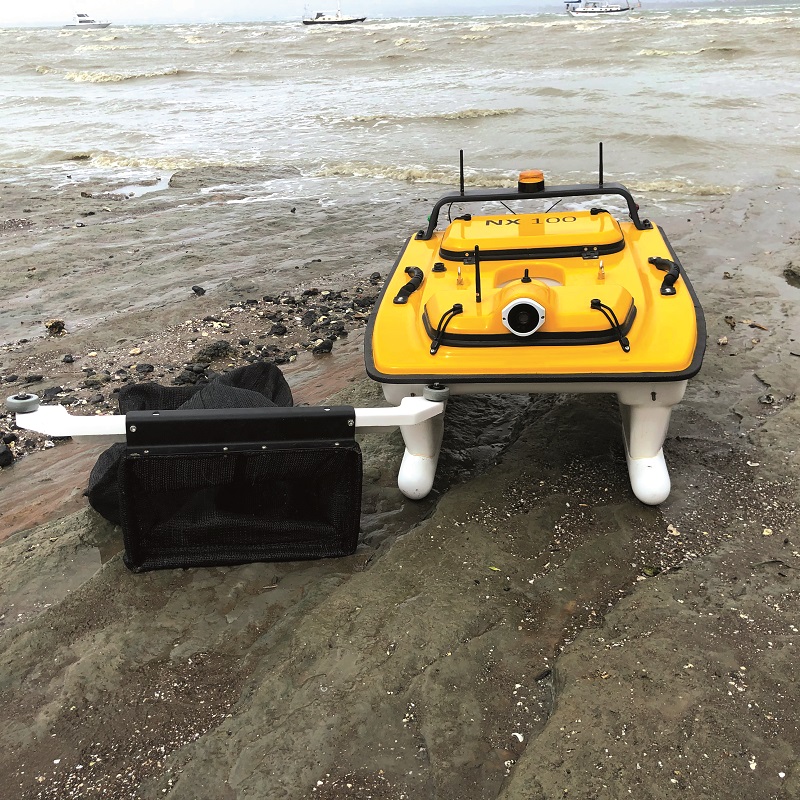
Clean-up preparations
As mentioned, the Enviro can be transported and launched using any motor vehicle and only one worker. Pre-programming its cleaning routes as GNSS waypoints is performed through the QGroundControl handheld GCS, as standard in the Cubepilot ecosystem, with telemetry coming through the Herelink data link and remote control (if needed) made possible through a Futaba 2.4 GHz link.
“You can just download a map of the local area, plug in your waypoints and off you go,” Lee says. “It’s very straightforward, even for anyone unfamiliar with uncrewed systems.
“The manual steps for preparation and inspection are also simple. The battery installation is quick, as it’s a hot-swappable unit based on RC designs and isolated with a relay, and an on/off safety switch means you can theoretically arrive at your launch spot with the battery already installed.”
Once the GCS is started up and connected, the waste collection net attached and a visual check of the USV carried out, the system can be launched. Unlike in the UAV world, Lee says, neither NXInnovation nor its customers have faced any particular regulatory hurdles in using the USV.
“The net is attached to the hull by two bungee cords on the back and two more at the front,” Buckley notes. “Each one has a simple clip to fasten or unfasten the net between forays, making turnaround and downtime quite fast so that you can get back out to the water and keep on cleaning.
“You can even do it while the USV’s still in the water, as it has a handle on the front for holding it still with one hand and grabbing the clips with the other.”
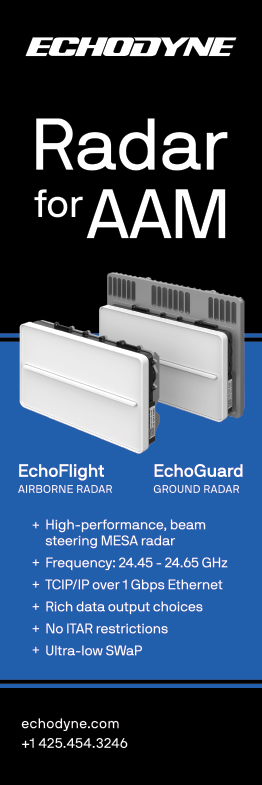
The Enviro at work
As the Enviro moves around, the net or boom will induce some drag. Although that means its top operating speed is 2 m/s, anything higher than that would be counterproductive for safe litter gathering.
The electric thrusters are typically operated at 350 W, on a 16 V input, and their differential thrust minimises the turning radius to resolve the wide turning problem encountered early in development. That means the USV can turn tightly around boat hulls and hence avoid ‘missing a spot’ while cleaning.
For safety amid other marine traffic, an orange beacon on the hull flashes to warn approaching boat operators to slow down or take avoiding action, and a Lidar unit with a 10 m effective detection range is integrated on the front for autonomous collision prevention. If a moving obstacle that is larger than the Enviro and which does not conform with map information is detected, the Lidar triggers the Cube Orange to send a braking command to the thrusters until the obstacle has passed.
“We could do some programming to have the USV try to navigate around the obstacle, but then we’d need to install predictions of how the traffic’s going to move,” Buckley adds. “It’s much simpler to just let the humans on the water react to the warning light and judge where they can go without having to worry about the USV blocking them as they speed, turn or reverse.
“The Lidar is a Benewake TFmini Plus, and it performs well, but the best thing about it is that it’s waterproof. Even a small swell is enough to drench the Enviro, and it isn’t easy to find waterproof Lidars.”
While autonomous navigation is achieved through GNSS, a video camera currently sits at the front of the USV for transmitting a live feed of HD video to the GCS operator over a 5.8 GHz link. The aim of course is to allow the operator to determine as and when they might need to take manual control.
This integration offers the potential for further autonomous capabilities. As Lee notes, “We’ve looked into AI for visual navigation and ways it could help our environmental pursuits. For example, swapping the HD video camera for a thermal imaging one could be brilliant for oil spill responses, as some MWIR cameras show oil on water very clearly, so we’re talking with a university here in New Zealand about getting that kind of smart target recognition into the Enviro, not just for oil but for rubbish too.”
He adds that in oil spill operations, two Enviros could be used in tandem to carry a large oil boom between them, or to install containment booms around damaged or sunken ships.
Recovery
The Enviro can autonomously return to its launch point or move to an assigned recovery waypoint when it’s near the end of its mission, after which its operators can hoist it up with a gaff or similar tool, switch off its electricity supply, hose it clean of saltwater and waste, and prepare it for another outing if necessary.
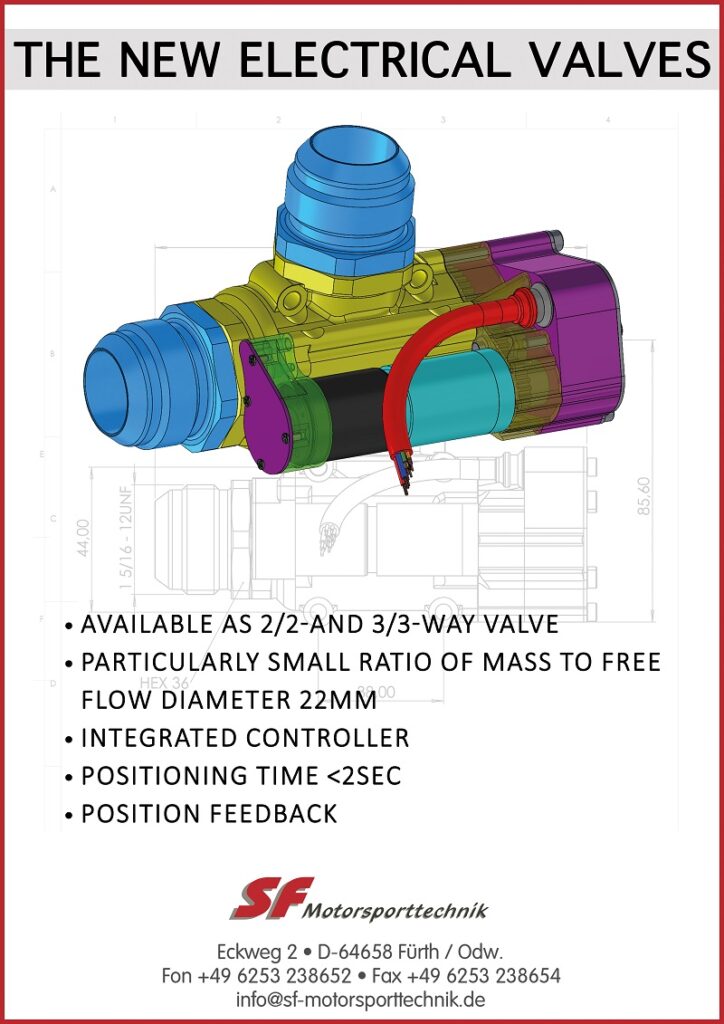
“The cleaning can include removing seaweed from the thrusters, and we’re not against maybe offering hubless thrusters as an option for some of our prospective users who want to clean really weedy areas,” Lee adds. “But we’re happy with the reliability of the thrusters so far, and a quick visual check of them between jobs has been the bulk of the maintenance they’ve needed.”
During maintenance, the user can swap battery packs and refuse nets if required, or recharge packs and clean the nets if the spare parts inventory is limited, for instance in emergency jobs where a speedy launch is more important than equipment logistics.
Upcoming use cases
In addition to the NX 100 Enviro being commercially available for cleaning work, the practically identical NX 100 Pro and the smaller NX 70 are also offered by NXInnovation for water quality surveys, bathymetry, sediments and other environmentally important parameters.
“There are really interesting things happening in that regard,” Lee says. “For example, we have an NX 100 Pro about to go to DroneQ Robotics in the Netherlands, a drone services company which is actually planning to deploy our USV in the Arctic. At their request, we’ve installed heating pads for the batteries, and extra lighting for operating in dark or foggy conditions thanks to a Blue Robotics illuminator.
“We’ll also soon be delivering another NX 100 Enviro to Sea Cleaners, a green non-profit here in New Zealand dedicated to harbour clean-ups, which we anticipate will involve launching and recovering the Enviro from crewed boats. So their Enviro could clean narrower areas like the Tamaki estuary, while the crews clean the broader water bodies.
“It will be an interesting use case, as their crewed boats have to abide by speed limits similar to the Enviro’s maximum speed, so they’ll be able to draw direct comparisons and analyses on things like efficiency between the crewed and uncrewed approaches.”
In addition to these and some other bathymetry-focused customers in New Zealand, Lee says the aforementioned Westhaven Marina is listed as a third-tier responder for oil spill emergencies, so NXInnovation’s first professional customer in aquatic waste collection might also become its first in autonomous oil spill response, depending on how the future plays out.
- Specifications
NX 100 Enviro USV Catamaran
- Dimensions: 1000 x 700 x 460 mm
- Empty weight: 16 kg
- Payload capacity: 10 kg
- Maximum speed: 3 m/s
- Operating speed: 1-2 m/s
- Endurance: 3 hours
- Some key suppliers
- Autopilot: Cubepilot
- GCS: QGroundControl
- GNSS core: u-blox
- Radio data link: Herelink
- Thrusters: Blue Robotics
- Lidar: Benewake
UPCOMING EVENTS























